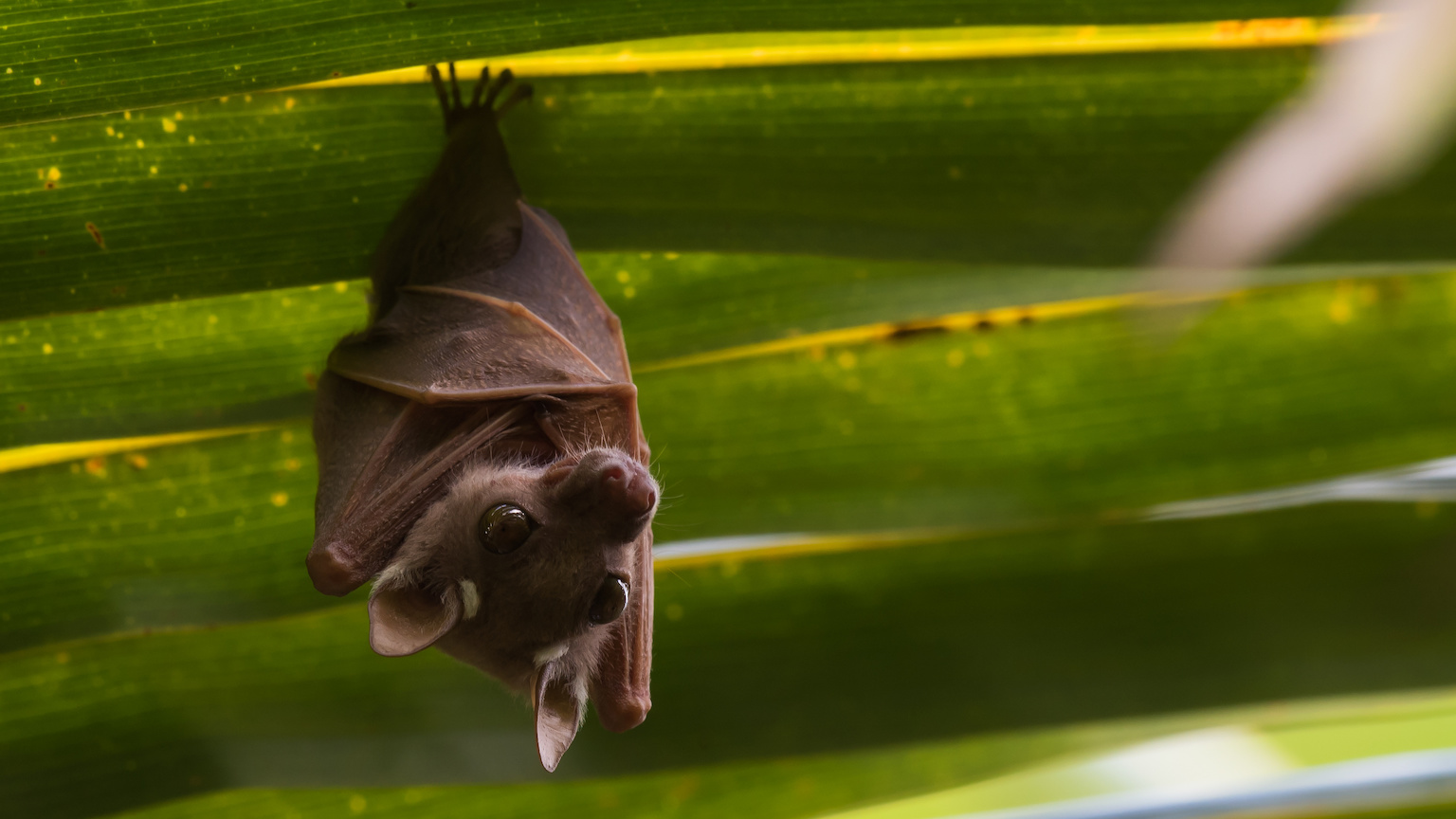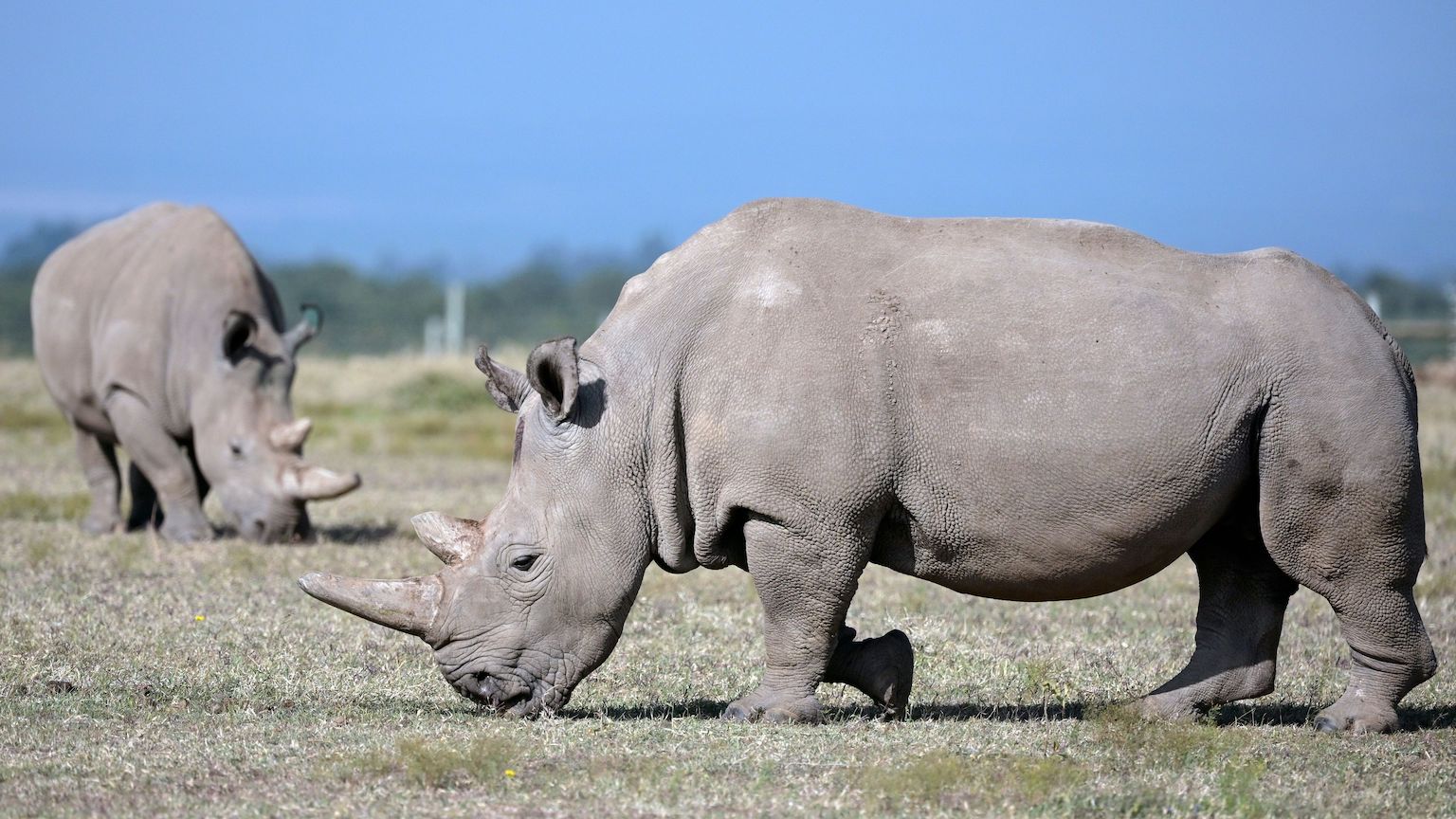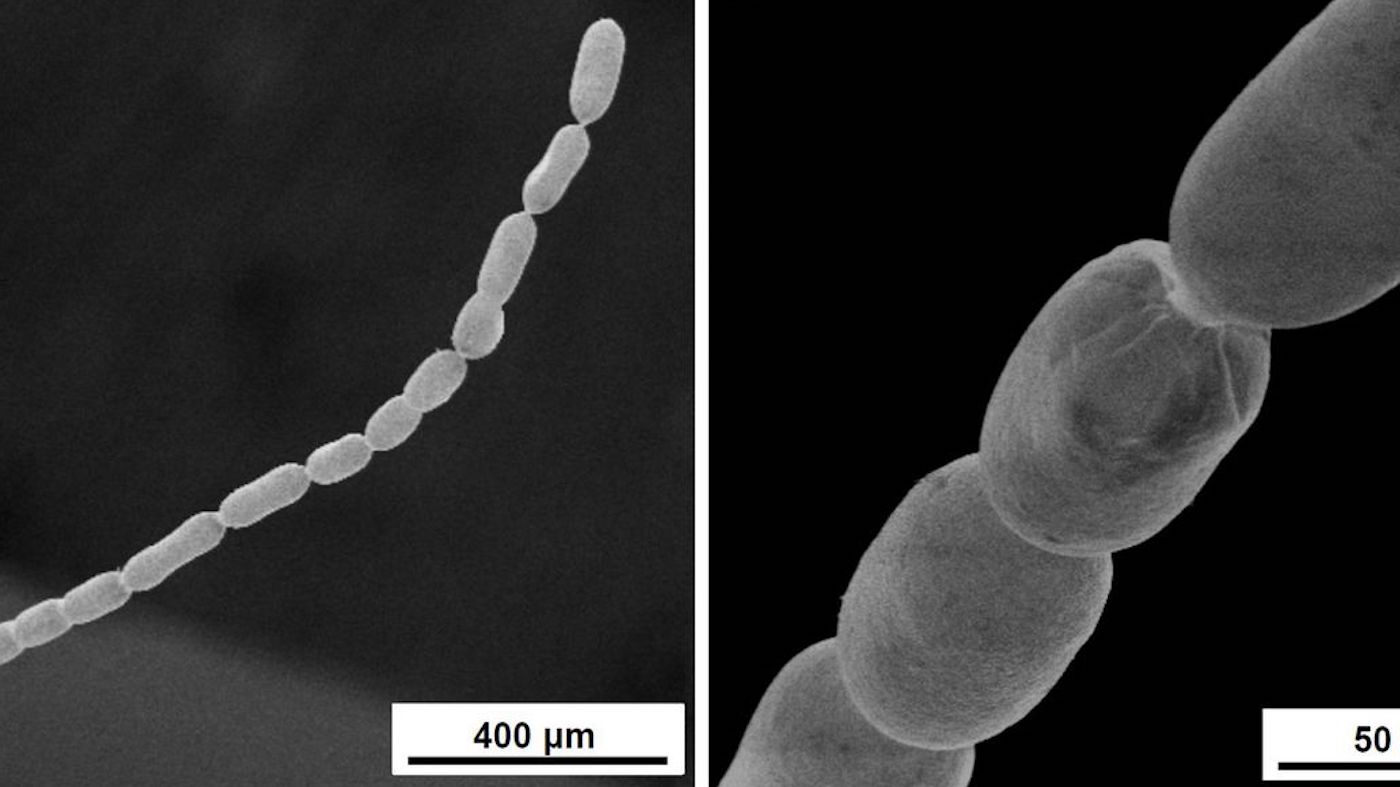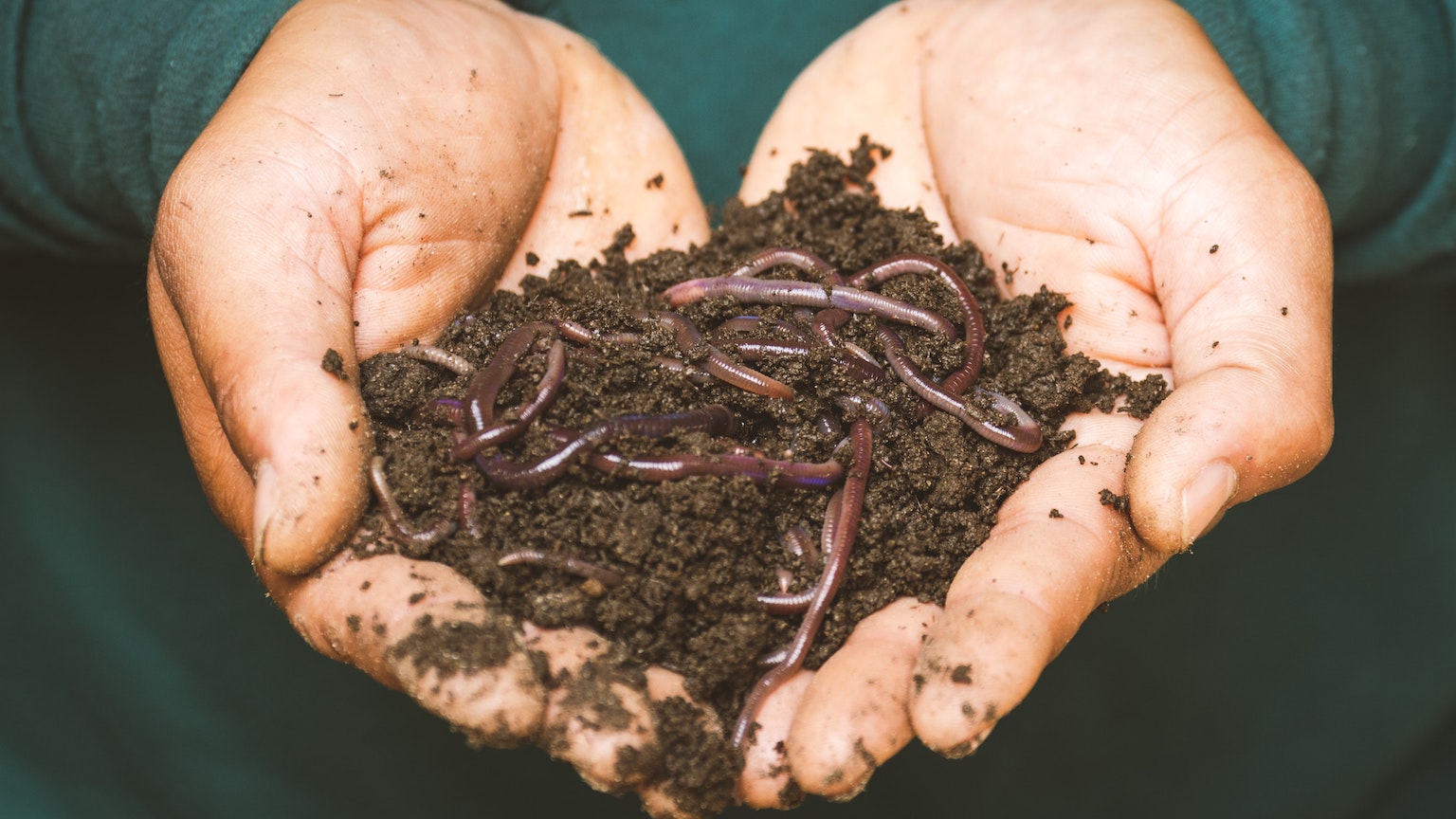Why do tortoises live so long? It’s the shell
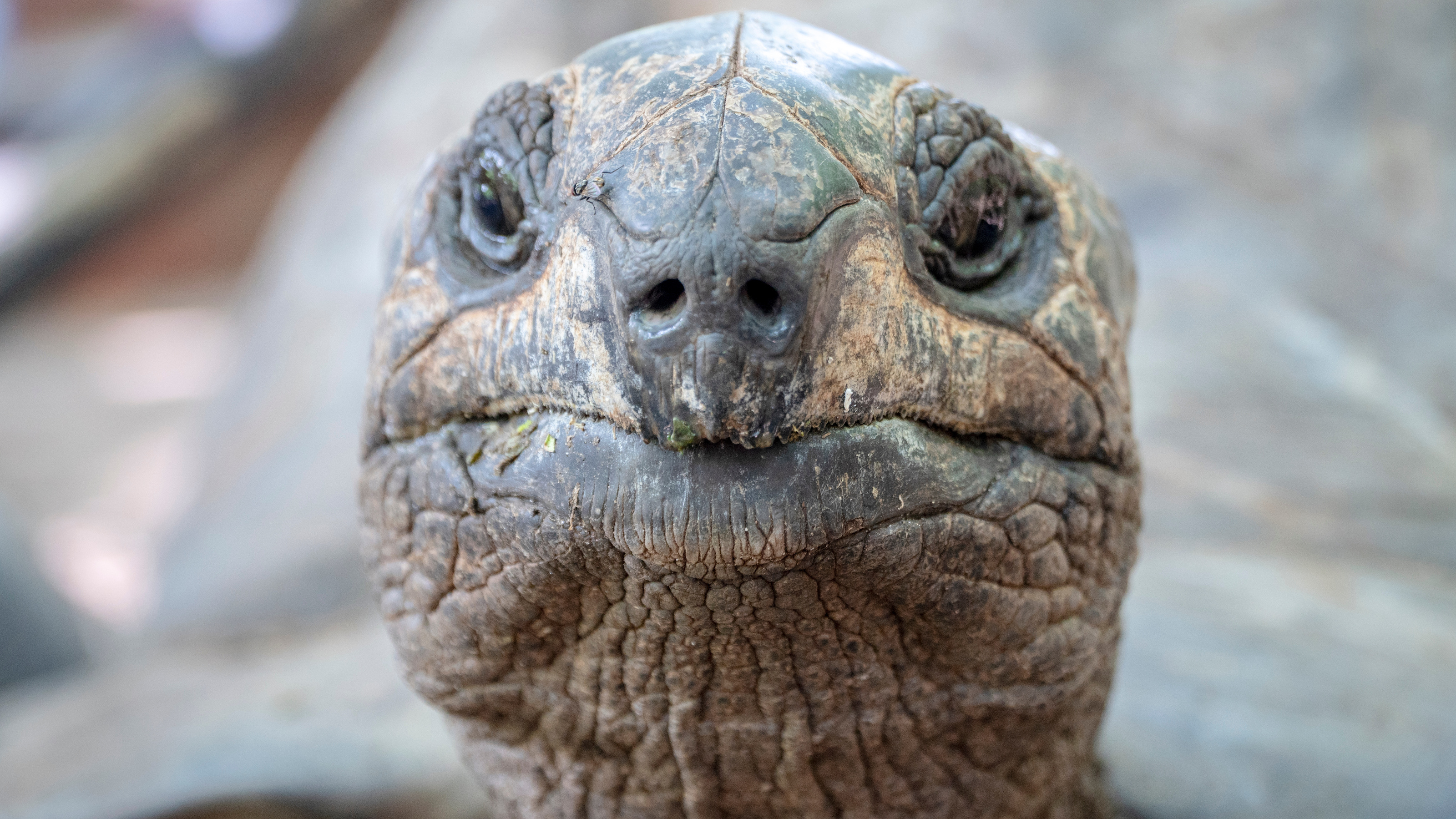
- Anecdotal evidence suggests that cold-blooded animals age slowly, but until now, no one has studied this on a large scale in the wild.
- Researchers debunked this, finding that some cold-blooded animals (like tortoises) didn’t seem to age at all, whereas others age much quicker than warm-blooded animals.
- The cold-blooded animals that aged the slowest often had protective traits, such as a shell or poison.
Jonathan the Seychelles giant tortoise recently turned 190 years old, claiming the title of “Oldest Living Land Animal” from Tu’i Malila, a tortoise that died in 1965. However, both were practically youngsters compared to Adwaita, an Aldabra giant tortoise. Based on unconfirmed reports, Adwaita was born at the peak of the Little Ice Age and died at the ripe old age of 255 in the year 2006 after a crack in his shell led to an infection.
Tortoises aren’t the only cold-blooded animal blessed with a curiously long lifespan. The tuatara, a lizard-like reptile with a line of spikes running down the length of its spine, can live well over a century, and the blind cave salamander, an amphibian with nearly translucent skin and very poor eyesight, can live past 70.
“Anecdotal evidence exists that some reptiles and amphibians age slowly and have long lifespans, but until now no one has actually studied this on a large scale across numerous species in the wild,” said David Miller, a professor of wildlife population ecology at Penn State. “If we can understand what allows some animals to age more slowly, we can better understand aging in humans, and we can also inform conservation strategies for reptiles and amphibians, many of which are threatened or endangered.”
To determine which factors influence rates of aging, Miller and an international team of 113 scientists conducted the most comprehensive study of aging and longevity to date, comprising data collected from 77 species of wild reptiles and amphibians over 60 years. The team found that the slowest aging animals had protective traits that defended them from predators. Amazingly, animals with hard shells (i.e., turtles and tortoises) barely aged at all, challenging the idea that aging is evolutionarily inescapable.
Cold-blooded vs. warm-blooded
Miller and his team tested a popular explanation for the rate of aging called the thermoregulatory hypothesis, which suggests that animals with a faster metabolism age more rapidly. According to this hypothesis, warm-blooded animals age quicker due to their high metabolism, which they rely on for generating heat. Cold-blooded animals, on the other hand, soak up heat from their environment (by sunbathing, for example), which means their metabolism is often lower and so they age more slowly.
“People tend to think, for example, that mice age quickly because they have high metabolisms, whereas turtles age slowly because they have low metabolisms,” said Miller.
The team’s findings, however, reveal that rates of aging among cold-blooded animals are far more diverse than previously thought. On one hand, some cold-blooded animals (including most turtles, a handful of frogs and salamanders, and one species of crocodile) didn’t seem to age at all. In other words, the likelihood of dying did not increase as the animals got older, which is a trait found in only one warm-blooded animal, the naked mole-rat.
On the other hand, a dozen of the cold-blooded species aged four times faster than the impala, one of the fastest aging warm-blooded animals. This suggested that the difference in rates of aging between species is based on more than just body temperature regulation.
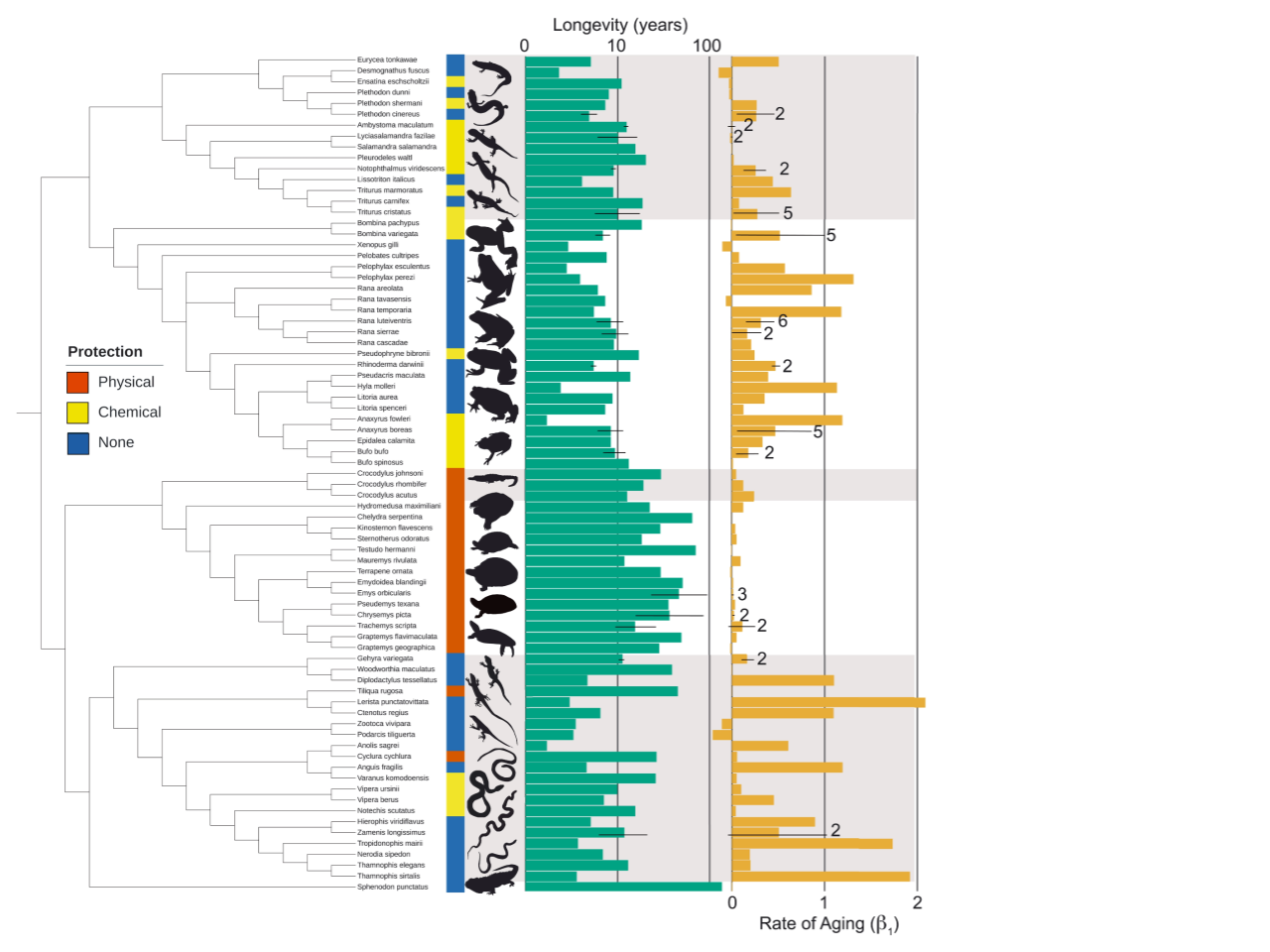
Turtle power!
To unravel this mystery, the researchers explored the protective phenotype hypothesis, a lesser-known hypothesis that proposes that animals with protective traits — such as a shell or venom — have slower aging. Beth Reinke, the first author of the study and expert in evolutionary biology explained, “These various protective mechanisms can reduce animals’ mortality rates because they’re not getting eaten by other animals. Thus, they’re more likely to live longer, and that exerts pressure to age more slowly.”
The researchers considered two categories of protection: physical (armor and shells) and chemical (venom and skin toxins). Comparing just cold-blooded animals, species with physical protection aged five times slower than species with neither form of protection, and species with chemical protection aged twice as slow.
This finding is unlikely to lead to anti-aging cream that makes you grow a shell like a tortoise. However, it does paint a more comprehensive portrait of aging across animals, which can help scientists identify traits related to human aging.
